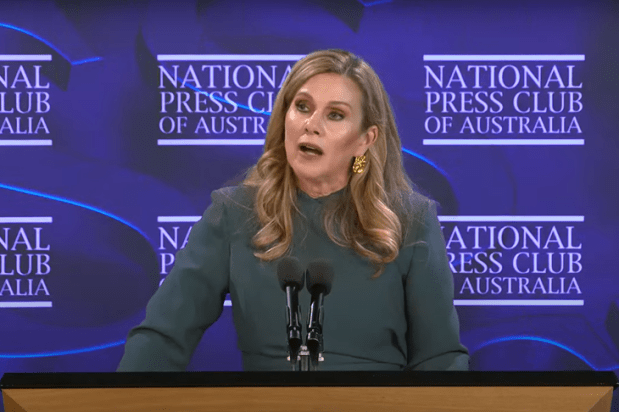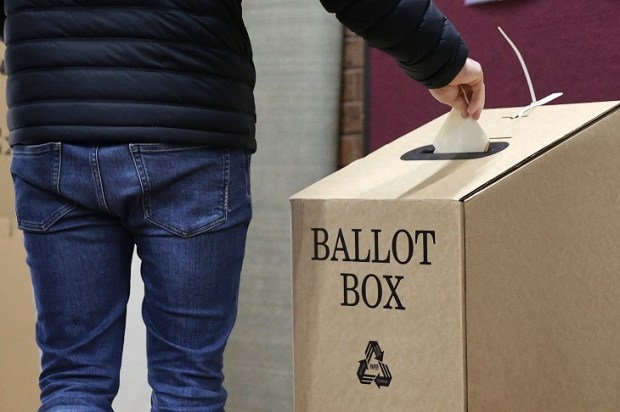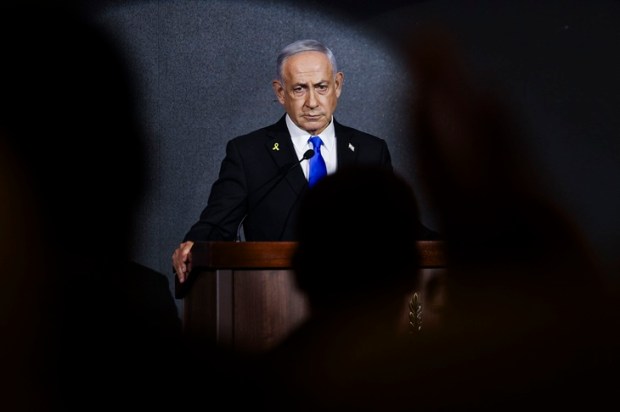As the Australian Federal government contemplates the prohibition of the Swastika, it is crucial to address the inherent tension between upholding free speech and curbing repugnant ideologies. Unfortunately, the discourse has become mired in the contemporary notion of ‘free speech absolutism’, which is a far cry from the original principles advocated by early proponents of free speech. The Swastika ban debate should not be limited to the legitimacy of such legislation, but rather focus on the principles and consistency underpinning such restrictions. If the Swastika is to be banned, consistency demands that the hammer and sickle receive equal treatment.
Before delving further, I wish to address an aspect of my argument that might rattle some conservative and libertarian readers of this outlet. Namely, that governments do possess the legitimate authority to curtail certain forms of expression for the greater good of the societies they govern. Even classical liberal luminaries, such as John Locke, recognised that some limitations on freedom of expression were necessary. In his A Letter Concerning Toleration, Locke asserted that those who denied the existence of God were not to be tolerated, as they threatened the very foundations of society. Thus, while I am not advocating for the censorship of atheists, the argument for banning symbols that glorify destabilising ideologies is not inherently without merit.
It is essential to acknowledge that nations are sometimes compelled to take measures against symbols that glorify certain groups or ideologies, mainly when the aim is to purge their societies of entities with widespread followings. For instance, Germany and El Salvador have banned symbols that glorify Nazism and the MS-13 gangs, respectively, as these entities posed significant threats to their nations. However, when the ideology in question is exceedingly rare and reviled by the general public, as with neo-Nazism in Australia, such bans shift from suppressing dangerous ideologies to restricting free speech without any tangible benefit.
For the record, I oppose banning these symbols for two reasons: practicality and political strategy.
First, a ban on the Swastika to tackle neo-Nazism will be as effective as banning portraits of Napoleon to prevent the rise of Bonapartism. Nazism is a dead ideology, and our society has already imposed an informal social Nazi ban. Therefore, such prohibitions wade into the dangerous territory of curbing free speech despite serving no purpose but to grant politicians a soapbox for virtue signalling.
Second, the Swastika ban forms part of the left’s strategy to demonise all non-compliant ideologies. Anyone who may disagree with such bans on free-speech or similar grounds can be labelled a Nazi sympathiser by power-hungry leftists, meaning non-leftists can either conform or be tagged with the worst possible label in modern society. And while conformity is the left’s preference, character assassination is their speciality.
So assuming we are to ban the Swastika, then the hammer and sickle must also be prohibited. Marxist regimes have caused millions more deaths than Hitler, but unlike Nazism, Marxist governments and institutions continue to threaten liberal societies.
Even today, Marxist regimes continue to oppress and enslave much of the world, and the West’s main adversary is the ascendant totalitarian communist State of China. Although the ban on the Swastika is meant to combat neo-Nazism, the ideology holds no political power anywhere in the world today. On the other hand, there is an overt campaign to normalise the existence of Marxist ideologies in our society – a campaign that has seen tremendous success. It is, therefore, far more logical to ban the glorification of Marxism, as it is a rapidly growing destabilising political ideology held by our primary geopolitical foes.
Free speech absolutism may be a modern construct, but the essence of free speech remains vital. Certain restrictions are necessary to protect the foundations of society, but they must be enacted carefully and sparingly. Since no universal agreement exists on what constitutes dangerous speech, limits should be based on practical effects and coherent principles.
By including the hammer and sickle in Swastika bans, we create a more coherent limiting principle: banning the glorification of genocidal ideologies held by geopolitical foes. This is a far safer standard than eliminating vague ‘hate symbols’ that can be used to target anything that goes against leftist orthodoxy.
Thus, I urge my fellow Australians to demand that any Swastika ban also includes the hammer and sickle. For the sake of our society and the principles of free speech, let us strive for consistency and coherence. Citizens of Australia, unite!

























